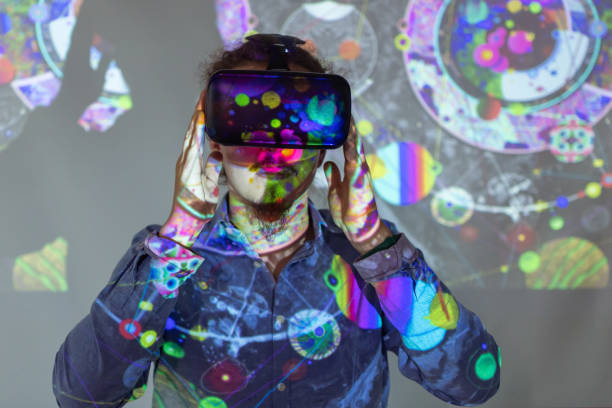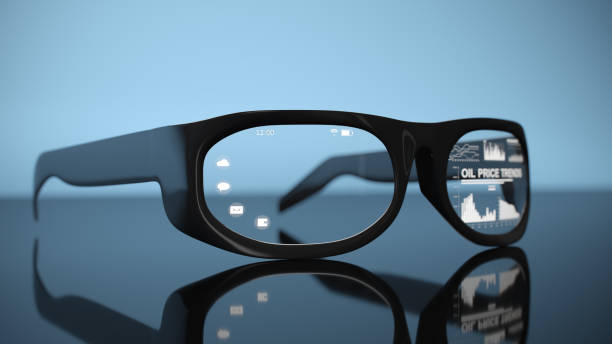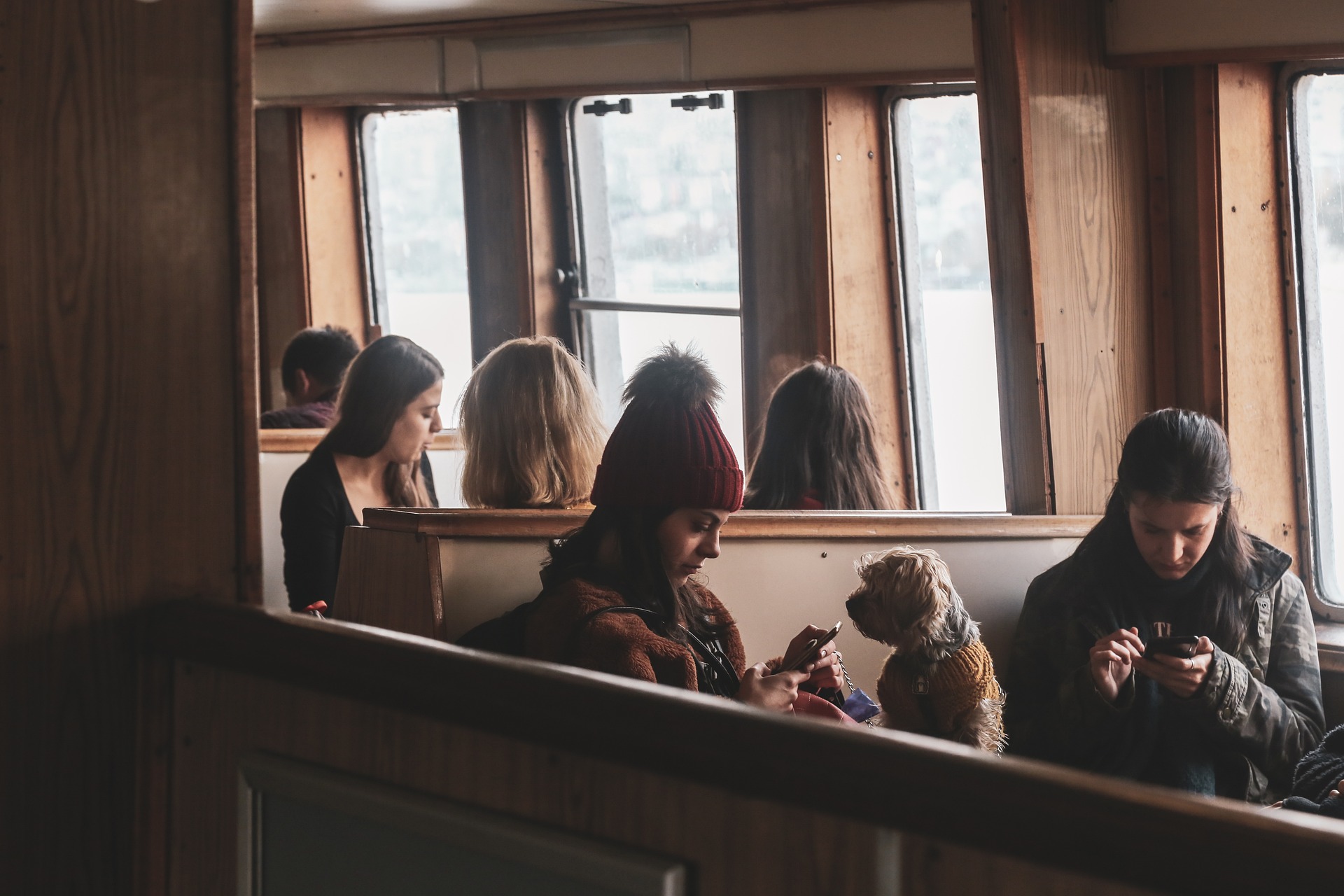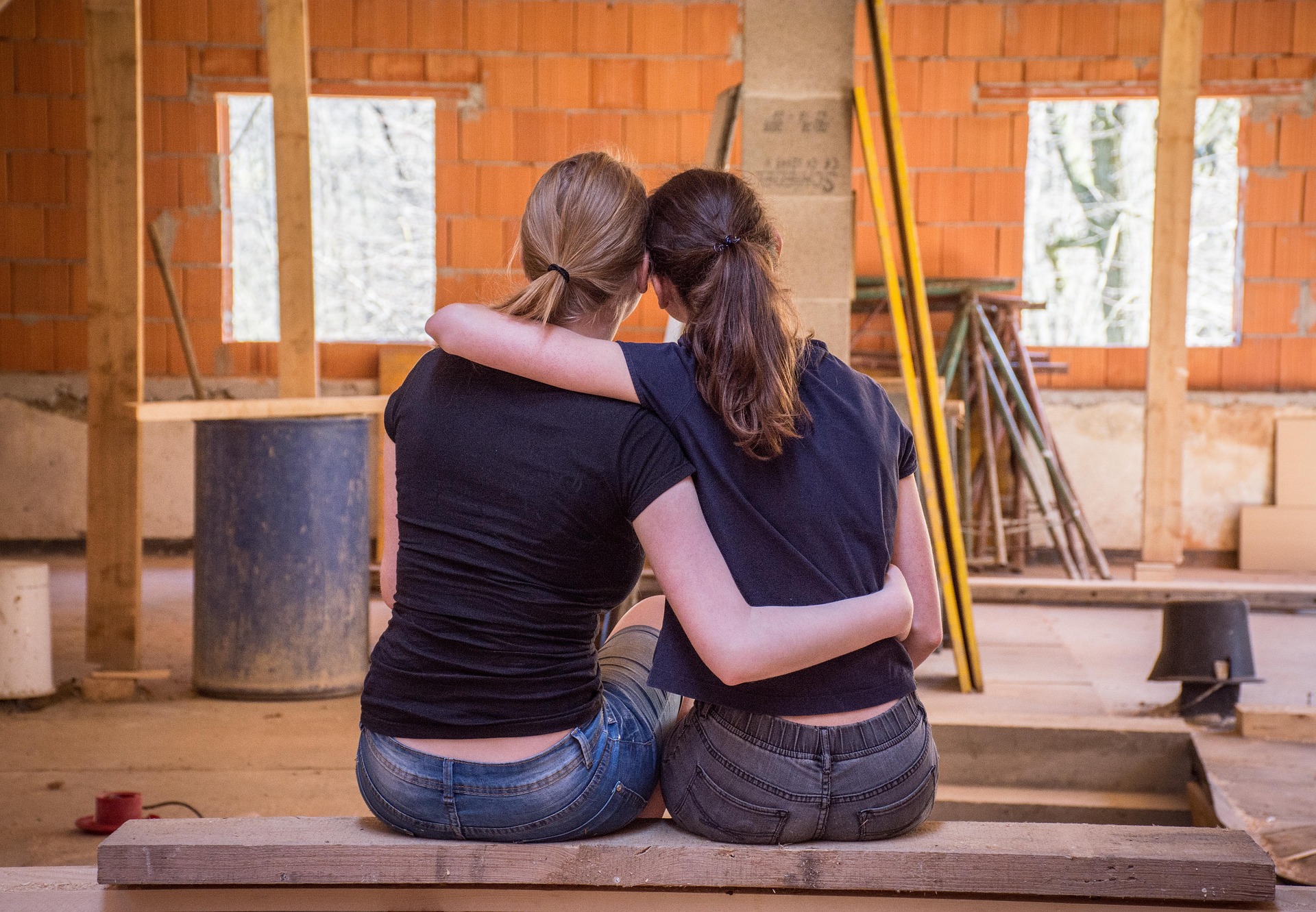Reimagining Reality: The Remarkable Rise of Virtual Reality in the Arts
Introduction: Immerse yourself in the captivating world of virtual reality (VR) as it reshapes the arts and entertainment landscape. This piece offers a comprehensive exploration of VR's transformational impact on artistic expression, the current trends shaping its evolution, and its influence on the audience's experience.

Inception: Virtual Reality and the Arts
Virtual reality, once the stuff of science fiction, is now a game-changing reality in the arts. Its emergence traces back to the early 1990s, when it was primarily used for military training and medical therapy. However, its potential for creating immersive, interactive experiences soon caught the attention of innovative artists and curators. From the first VR art installation, “Osmose,” by Char Davies in 1995, to today’s sophisticated VR exhibitions, the journey of VR in the arts has been a thrilling roller coaster ride.
The Current Canvas: VR in Today’s Art World
Fast forward to the present, VR has become an integral part of the contemporary art world. Artists like Rachel Rossin and Jakob Kudsk Steensen are pushing the boundaries of artistic expression by using VR to create surreal, immersive experiences that challenge our perception of reality. This trend is also gaining momentum in museums and art galleries, with institutions like the Royal Academy of Arts hosting VR exhibitions.
Impact and Significance: A New Dimension of Expression
VR’s impact on the arts is manifold. It has revolutionized the way artists create and audiences consume art, making the experience more interactive and personalized. Furthermore, it has broken down geographical barriers, allowing global access to art exhibitions and performances. Most significantly, it has expanded the canvas of artistic expression, enabling artists to explore themes and narratives that were previously unimaginable.
Reception: Embracing the Digital Revolution
The reception of VR art has been largely positive, with audiences embracing this new form of artistic expression. Critics, too, have lauded the innovative use of technology in the arts. However, like any new medium, it also faces challenges. Concerns about the high cost of VR equipment and the risk of digital fatigue are valid. Yet, the potential of VR to transform the arts is undeniable and exciting.
The Future Palette: VR and the Arts Moving Forward
Looking ahead, the influence of VR on the arts is set to grow. With advancements in technology, we can expect even more immersive and interactive VR experiences. Moreover, as VR becomes more accessible and affordable, it is likely to democratize the arts, making high-quality artistic experiences available to all.
In conclusion, VR’s introduction to the arts has ushered in a new era of creativity and engagement. As we navigate this digital revolution, it is exciting to envision how the arts will continue to evolve and inspire in a virtual world.





